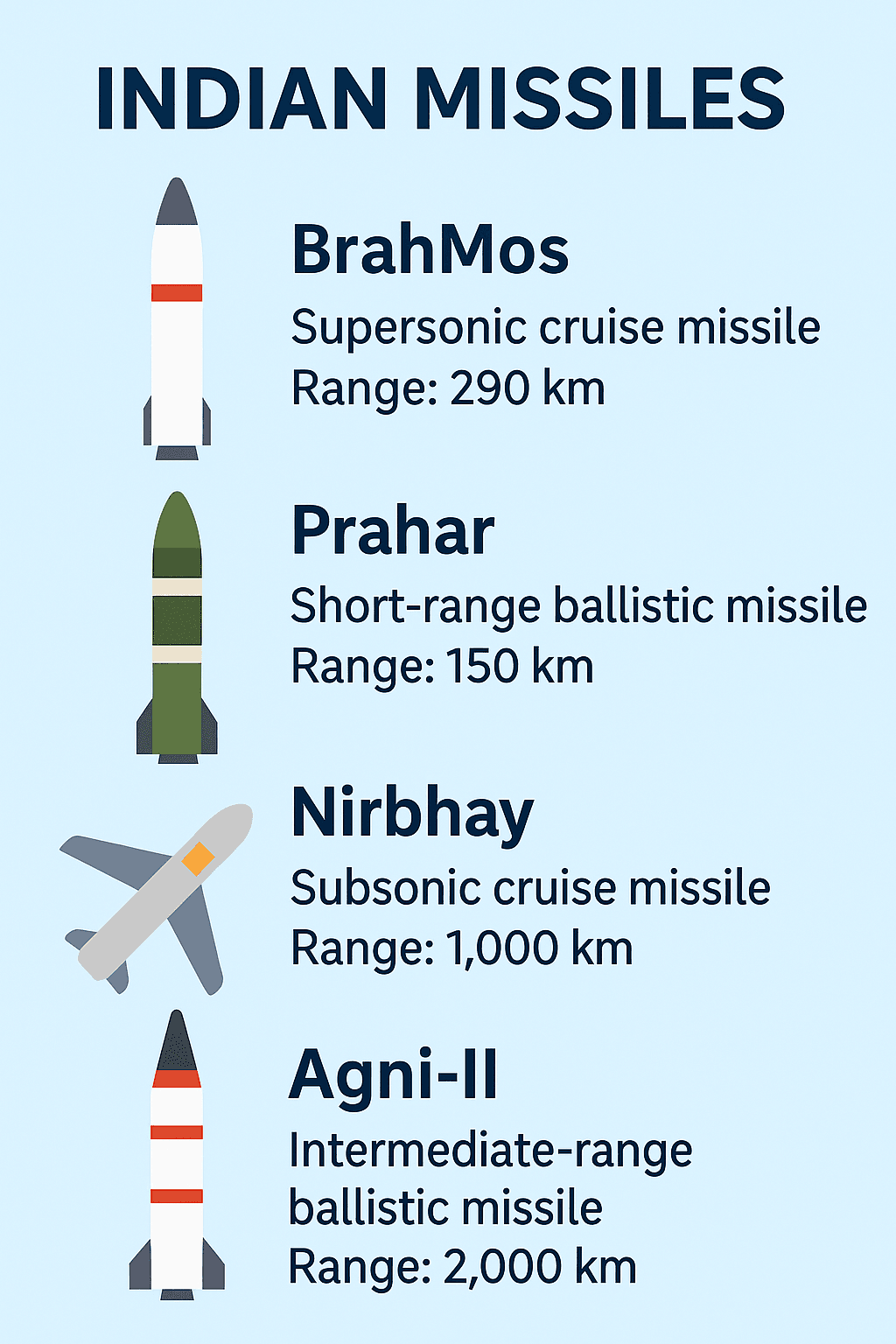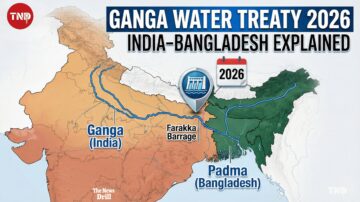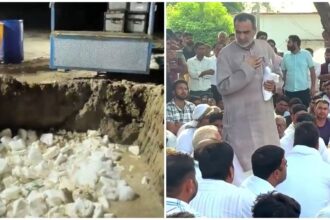New Delhi, June 11, 2025 – In a major move to rehabilitate the severely polluted Yamuna, the Delhi government has announced plans to release an additional 5.69 cubic metres per second (cumecs) of treated wastewater into the river from the Okhla sewage treatment plant (STP). The discharge aims to raise the current meagre flow of around 10 cumecs closer to the minimum ecological flow (e‑flow) requirement of 23 cumecs downstream of Okhla barrage.
The Need for E‑Flow
Studies and parliamentary panels have consistently flagged the Delhi stretch of the Yamuna as environmentally unsustainable, with just under half the required e‑flow reaching the river. Experts maintain that without sufficient water volume, pollutants remain undiluted, contributing to persistent frothing, foul odour, and public health risks.
How the Plan Will Work
Treated effluent from the Okhla STP—the largest facility in Asia, treating approximately 564–574 MLD—will be redirected into the Yamuna via the Abul Fazal drain, bypassing the Old Agra Canal.
A new 2.8 m-diameter micro-tunnelled pipeline is currently being installed. Of the necessary 225 m stretch, roughly 100 m along Jasola Road is already complete.
WT permissions from Uttar Pradesh were secured on March 1, 2025. Remaining works are due by end‑2025, with discharge operations expected by February 2026.
Environmental Impacts and Expert Reactions
Officials are hopeful this move will significantly dilute pollutants near Okhla and Kalindi Kunj, where pollution levels regularly violate norms. The Okhla STP has also been generating 4.8 MW of green energy from sludge biogas since April and diverts 40 MLD for horticulture.
However, environmental activists caution against viewing it as a cure-all. Bhim Singh Rawat of SANDRP noted, “At present, the Yamuna is acting like a giant drain… adding cleaner water via the Abul Fazal drain may cause some dilution, but it won’t be enough. The real solution is to stop sewage discharge into the river entirely.”
Broader Rejuvenation Measures
This initiative is part of a larger push by the Delhi government that includes:
Infrastructure upgrades, such as pipelines from Haiderpur WTP to Wazirabad barrage and rainwater recharge networks.
A comprehensive “Yamuna Master Plan” launched in February 2025, with a target to clean the river by 2027.
Efforts to interlock riverfront development with pollution control frameworks.
Challenges Remain
Despite enhancements, key issues persist:
Nearly 80% of the Yamuna’s pollution is generated in the 22 km Delhi stretch, primarily from the Najafgarh and Shahdara drains.
Numerous STPs continue to operate below Central Pollution Control Board norms, failing to sufficiently remove biological oxygen demand (BOD) and suspended solids.
Illegal sewage discharge and systemic inefficiencies in connecting residential drains to the treatment network remain significant hurdles.
Bottom Line
The planned release of treated effluent from Okhla STP into the Yamuna offers a short‑term boost to river flows, helping to partially dilute pollutants. Yet experts stress that the long‑term health of the river will depend on effectively treating sewage, plugging leakages, and controlling all major drains that funnel pollution into the waterway.















